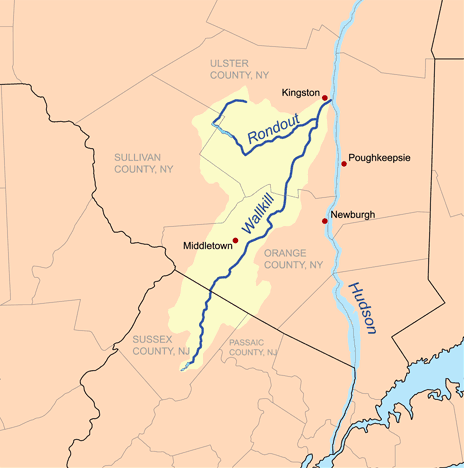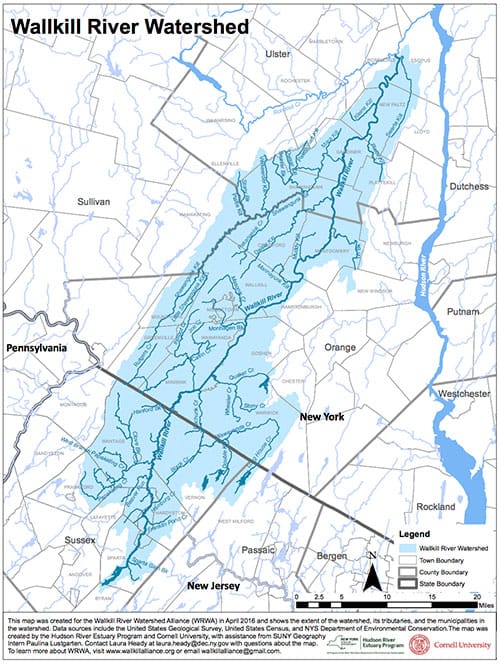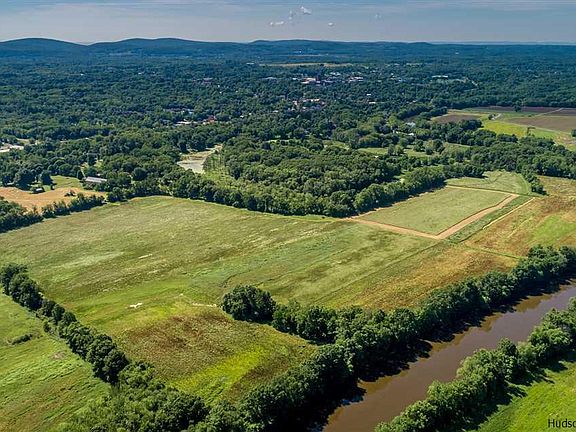Published in the Times Herald Record in 2017 describing the alarming issue:
“NEW PALTZ – Pollutants in the Wallkill River are more than 10 times the federal level mandated for safe swimming and similar recreation, according to two environmental groups.
Riverkeeper and the Wallkill River Watershed Alliance released data Thursday from five years of water sampling of the Wallkill. Citizens drew 685 samples from 25 sites from the source of the river in New Jersey to where it runs into the Rondout Creek in Tillson, a stretch of 88 miles. The sampling was done from 2012 through 2016, according to the report.
Overall, 87 percent of the samples exceeded the federal water quality standard of 30 parts per milliliter for enterococcus bacteria. The average result for the river was 381 parts per milliliter, more than 10 times the level deemed safe for swimming and similar activities in the water.
Entero comes from fecal matter and its presence is a sign of fecal pollution of the waters. The pollution is believed to have been a major factor in creating the 30-mile-long “bloom” of bright green toxic algae on the river last summer and the summer before.
Water from all 25 sites tested failed, according to the report. The levels taken following rain were worse, often two or three times as high, according to the study. The water quality in the Wallkill was second worst among the tributaries to the Hudson River studied by Riverkeeper.”







